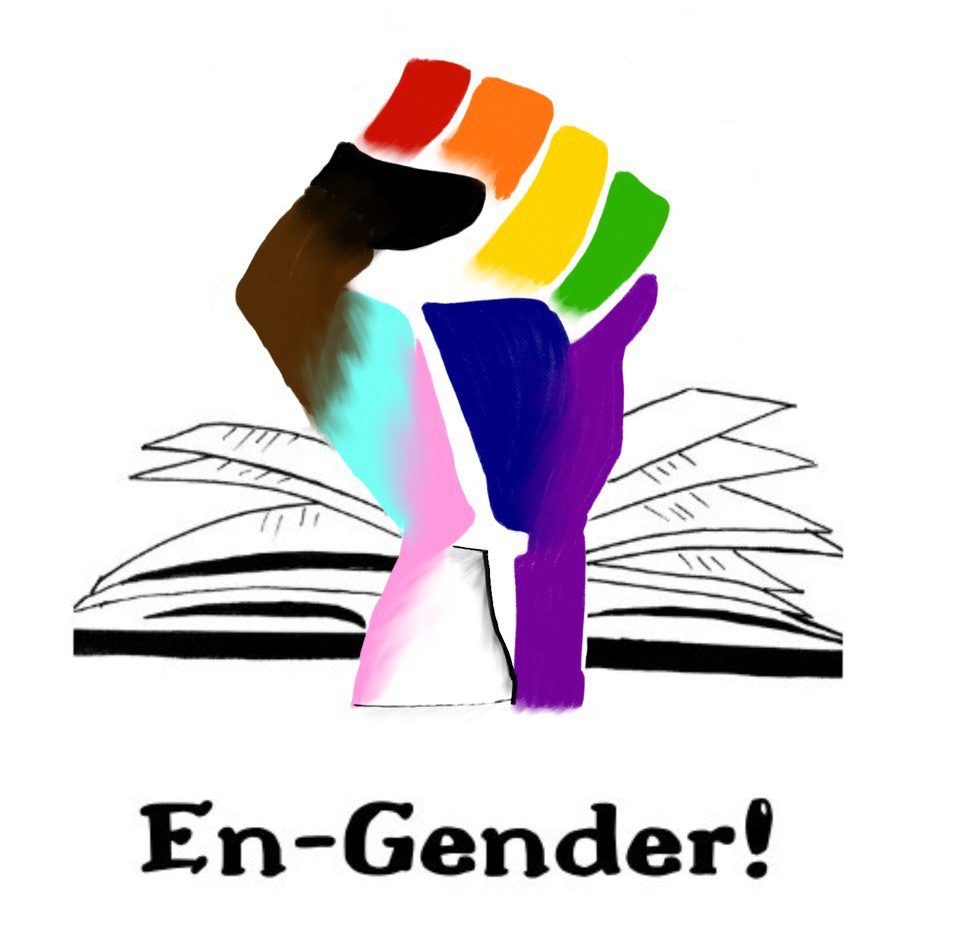Commentary by Lucy Threadgold
The article is a piece of new transnational research that brings together histories of colonial legacies in India, gender norms and sexuality, and experiments in psychiatry. This essay is successful in tying these complex topics together to create a cohesive argument and clear writing skills that cover a sizeable time period.
The Indian Journal of Psychiatry is a fascinating historical source and the author sprinkles in extracts in a way that does not disrupt the flow of the essay, and only strengthens their argument which can often be difficult when using medical texts as sources.
The author does a good job of examining the strengths and limitations of the sources used, and example being that the majority of studies on homosexuality only consider men’s experience, and thus the author easily relates the material to wider debates in gender and sexuality studies. Indeed, the author links sexuality to gendered norms and behaviour, and how these inform the medicalisation of homosexuality, in a thorough and well-made argument. They juxtapose homosexuality and heteronormativity in national and cultural understandings, examining how this creates a framework that divides sexual practices into ‘acceptable’ and ‘unacceptable’ and informs the politicisation of sexuality itself. There is no doubt a wealth of information to be found within these sources, and these could benefit from a longer piece of writing that could delve deeper into the archives of the Indian Journal of Psychiatry.
There is a clear knowledge of key terms used throughout the essay, and the complexities that surround definitions of terms like ‘homosexuality’. By defining them precisely and acknowledging their various uses and misuses in medicine and cultural contexts, the author shows their care to not further stigmatise those whose stories are being told by biased medical professionals in the sources. Moreover, the author consistently reminds the reader of the domination of Western views in psychiatric and LGBTQ+ histories, showing the understanding of the influence these had and still have in academia, helping to clarify the author’s own position within this field. The author works to show how important medical histories are in the construction of social and cultural notions of gender and sexuality and acknowledges how bias and objectivity inform medical categorisation, a fact that is often overlooked but slowly changing in more recent publications in the history of medicine.
A slight criticism, however, is that there are instances where terminology such as “hegemony” or “social contract” are used without further context, which if revised could help the text by clarifying how they belong to specific gender and social theory discourses. This would help further situate the piece within existing historiography and be another way for the author’s understanding of their research topic which is otherwise very clear.
Lastly, I would like to add that I hope the author continues with the research shown in this piece, as the arguments could really benefit from a longer format to delve deeper into the archives, the gendered aspect of sexuality in India, and the colonial legacies that shape medical culture and understanding.


